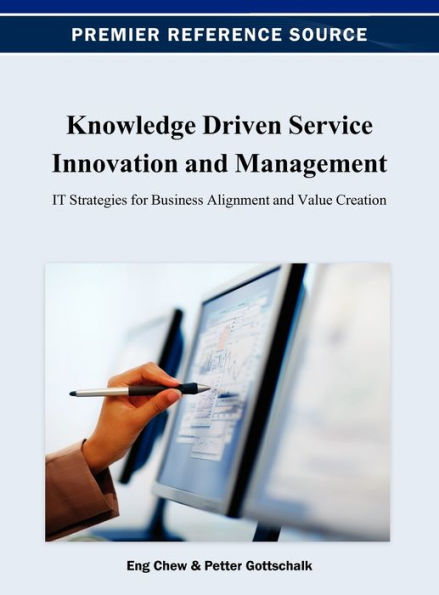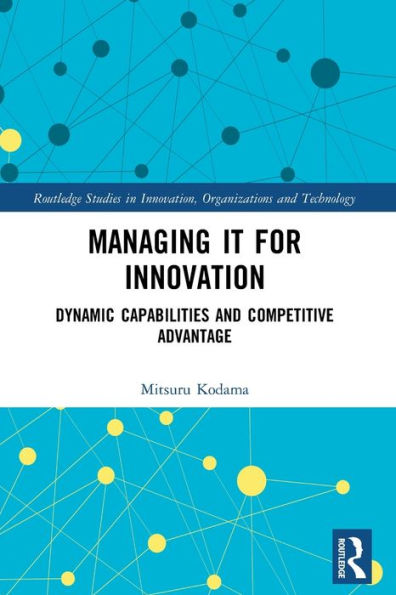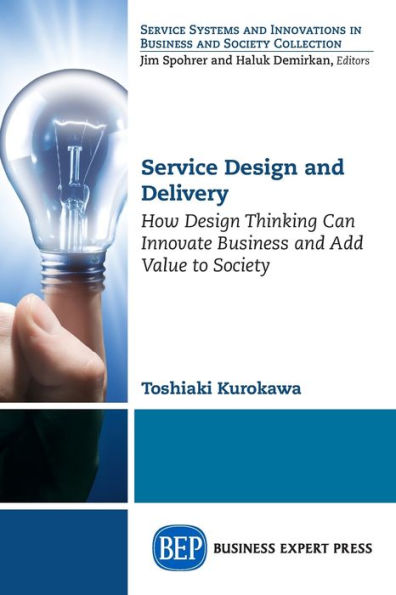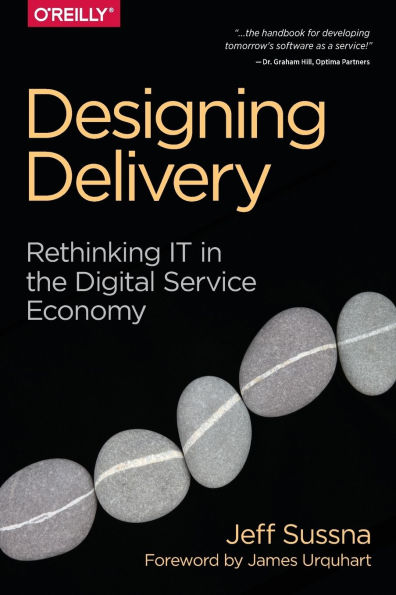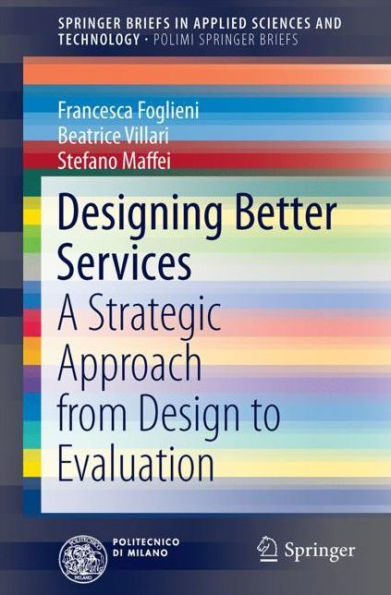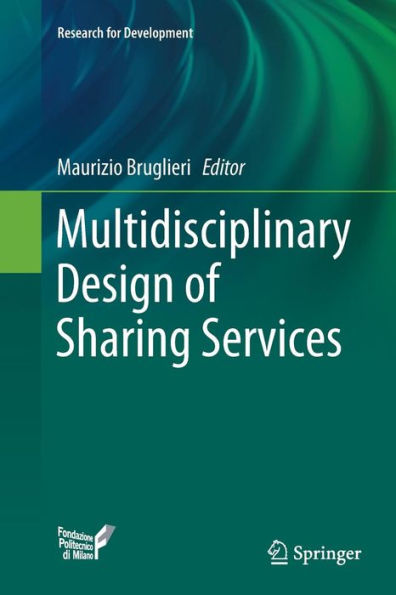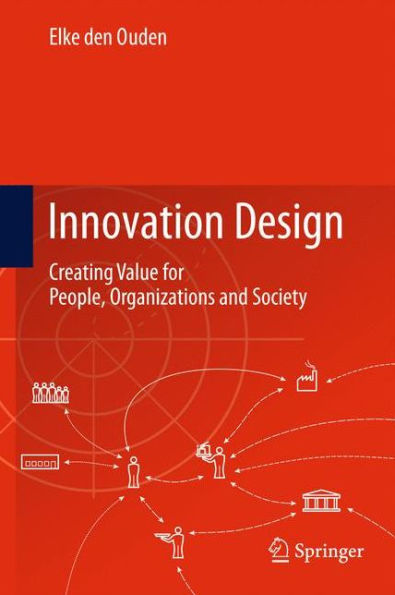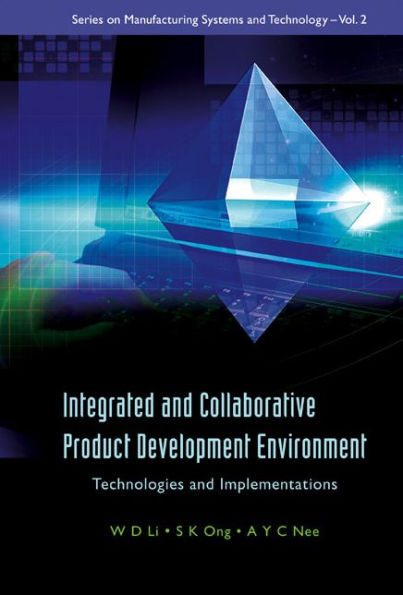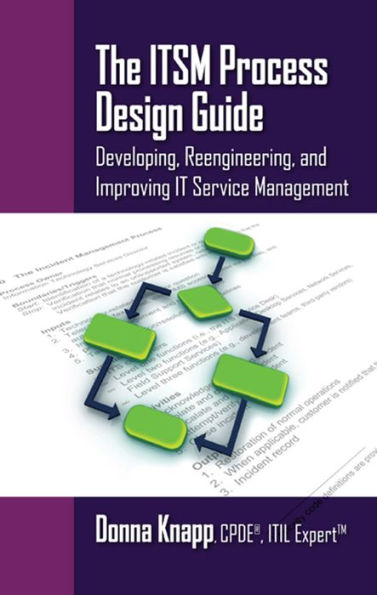Home
Collaborative business Design: Improving and innovating the design of IT-driven services


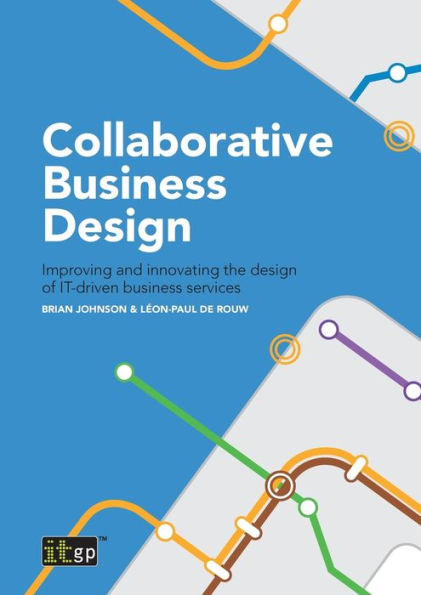
Collaborative business Design: Improving and innovating the design of IT-driven services
Current price: $49.99
Loading Inventory...
Size: Paperback
Only by understanding IT-driven business services and anchoring them in a service design statement (SDS) can enterprises translate business needs into IT-intensive business services.
In
, Brian Johnson and Léon-Paul de Rouw comprehensively explain how to use business service design (BSD) to formulate an effective SDS that will help business and IT cooperate to create robust, efficient services that support business requirements.
delves into the inner workings of services, with the aim of making sure that each side – business and IT – understands the other’s needs and drivers so that services can deliver what is required, expected and promised throughout their lifecycle. It:
Full of useful diagrams and examples (and quotations from an unusual range of sources including Star Trek, Mick Jagger and Oscar Wilde),
explains how to guide the development, building, programme management, and maintenance of IT-driven business services.
BSD is a simple approach to designing the overarching architecture of any IT-driven business service.
It merges the pragmatism and logic of the UK Government Gateway method with service blueprinting and the stakeholder approach to gaining consensus.
BSD is not an architecture for software development or for technology support – it complements existing frameworks such as TOGAF, IT4IT, BiSL® Next and ITIL® by focusing on business architecture, a subject rarely discussed before designing an IT-intensive, complex business service.
This book is intended for anyone responsible for designing and implementing IT-driven services, or who is involved in their operation. This includes everyone on both sides of supply and demand, including:
has published more than 30 books, including over a dozen official titles in the IT Infrastructure Library (ITIL), many of which are used worldwide. He designed and led the programme for ITIL version 2.
studied technical management and organisation sociology. He worked for several years as a consultant and researcher in the private sector.
